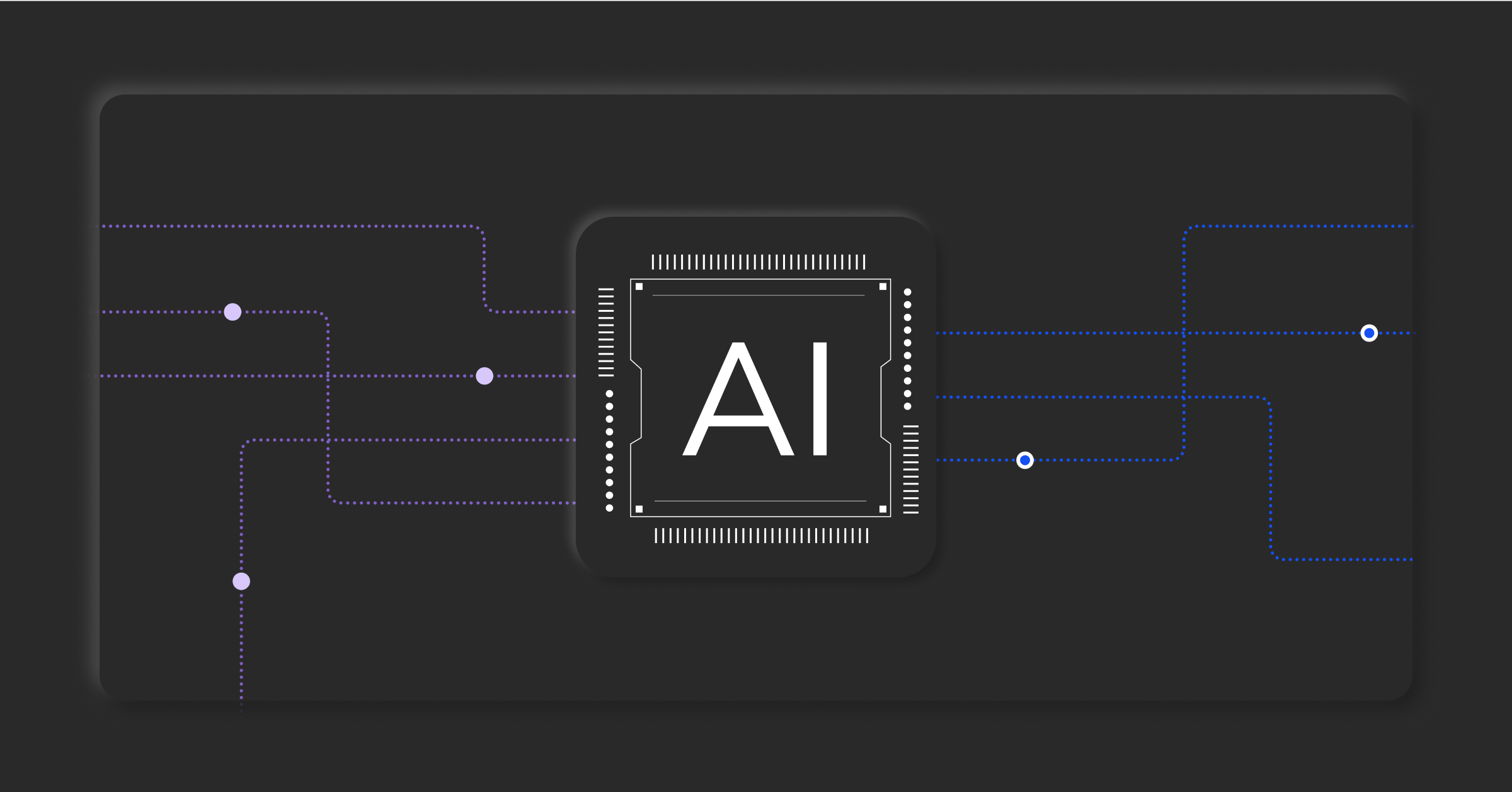AIOps monitoring: Definition, uses, and features

What is AIOps monitoring?
AIOps monitoring is a proactive process that uses AI to anticipate and identify IT infrastructure issues. Going beyond traditional troubleshooting, it enables your systems to detect anomalies in advance to prevent potential disruptions.
AIOps uses advanced technology like AI and machine learning to simplify IT operations. AIOps monitoring collects and analyzes large data sets from diverse sources, such as logs, metrics, and events. This helps it find unusual events, spot patterns, and predict problems before they become significant issues.
AIOps monitoring differs from older reactive monitoring methods. It proactively looks for issues so you can more quickly address problems and keep operations running smoothly.
How AIOps monitoring addresses traditional IT challenges
AIOps monitoring can help streamline operations and boost efficiency by supporting automated root-cause analysis, event correlation, and anomaly detection. It can help address IT challenges, including:
- Data overload management: Traditional IT tools often struggle to manage vast volumes of data from multiple sources. Using AI and ML algorithms, AIOps sifts through data efficiently to identify relevant patterns and anomalies. What was once a manual process is automated with AIOps monitoring.
- Proactive issue detection: AIOps monitoring aids proactive issue detection by analyzing data trends and patterns. It can compare data to historical incidents to quickly identify steps to remediation. Proactive detection can help prevent downtime and minimize the impact of potential disruptions on business operations.
- Root-cause analysis: Traditional monitoring approaches often require manually comparing data from multiple sources to determine the root cause. AIOps correlates data from complex IT systems and interconnected components. It automates root-cause analysis and speed mean time to resolution (MTTR).
- Task automation: AIOps monitoring automates repetitive, time-consuming IT tasks, such as alert triage, incident prioritization, and remediation actions. This automation frees operator time to focus on strategic initiatives and higher-value tasks.
- Scalability and flexibility: AIOps monitoring solutions like BigPanda are built to be scalable and flexible. This flexibility helps them easily manage growing data volumes and support dynamic infrastructure changes.
Benefits of implementing AIOps monitoring
- Proactive issue detection: AIOps systems constantly look for data patterns and anomalies in real time, allowing early detection of potential issues before they disrupt operations.
- Enhanced operational efficiency: AIOps improves efficiency by automating IT tasks such as incident detection, triaging, and resolution. This reduces manual effort and gives IT teams more time to focus on strategic tasks.
- Improved mean time to resolution (MTTR): AIOps uses ML to accelerate the identification of root causes and facilitate quicker incident response, minimizing system downtime.
- Greater visibility and insights: AIOps aggregates data from various sources, including logs, metrics, and events. The tools use the data to provide crucial insights into system and application performance, user behavior, and app dependencies. Improved insights allow you to make more informed decisions and plan proactively.
- Greater cost savings: AIOps monitoring automates repetitive tasks and optimizes resource utilization, which are key to lowering operational costs. Reducing downtime and improving resource efficiency can lead to significant cost savings and better ROI on your IT investments.
How to select AIOps monitoring tools
When selecting AIOps monitoring tools, it’s crucial to focus on features that streamline operations and provide actionable insights.
- Actionable alerts: Look for tools that distill and correlate millions of events into contextualized, actionable alerts. Your IT teams can quickly evaluate alerts to prioritize responses and increase efficiency while minimizing downtime.
- Event noise reduction: Opt for solutions that filter and normalize events to reduce noise and minimize alert fatigue. By suppressing non-actionable events and deduplicating redundant alerts, these tools enable your teams to focus on critical issues.
- Monitoring integrations: Choose tools that integrate seamlessly with your existing monitoring and observability stack. Instantly ingesting events from various data sources ensures comprehensive coverage and enables a more holistic approach to ITOps management.
- Contextual enrichment: Use tools that enrich alerts with context, such as location, host, or affected service. Detail helps teams better understand the root cause of incidents and speed resolution by providing relevant context within the alert itself.
- Intelligent alerts: Look for AIOps solutions that provide high-quality alerts in a single centralized location. Teams can more easily access vital data from their monitoring tools stack to develop a better overall monitoring strategy.
Optimize IT operations with BigPanda AIOps
BigPanda AIOps streamlines incident management so you can work more efficiently. The platform collects all your alerts together and prioritizes them. This prioritization helps you focus on fixing critical issues quickly to minimize outages and maintain service availability.
Additionally, BigPanda reduces unnecessary alerts, so you receive notifications only about things that genuinely need your attention. This means you can work smarter, use your time wisely, and ensure your end users have a great experience.
Learn more about BigPanda Alert Intelligence.



